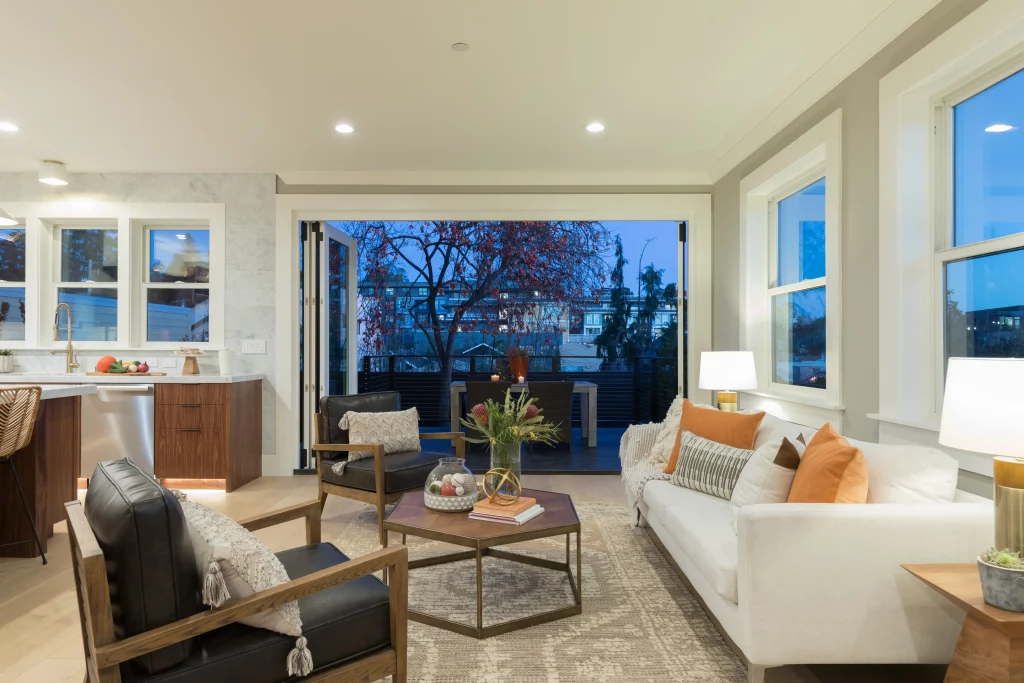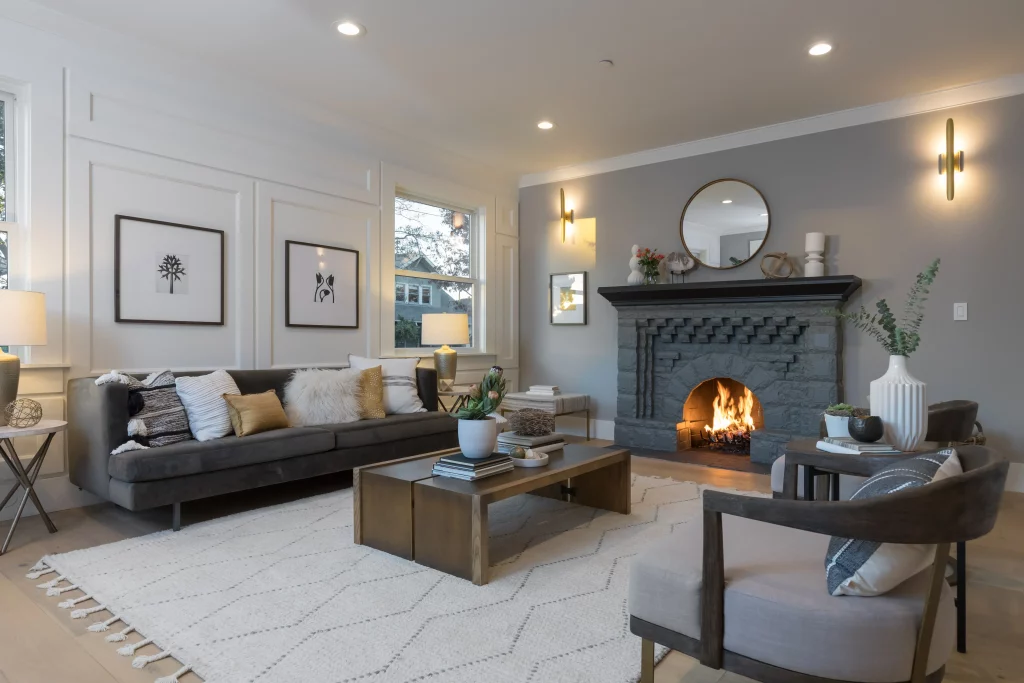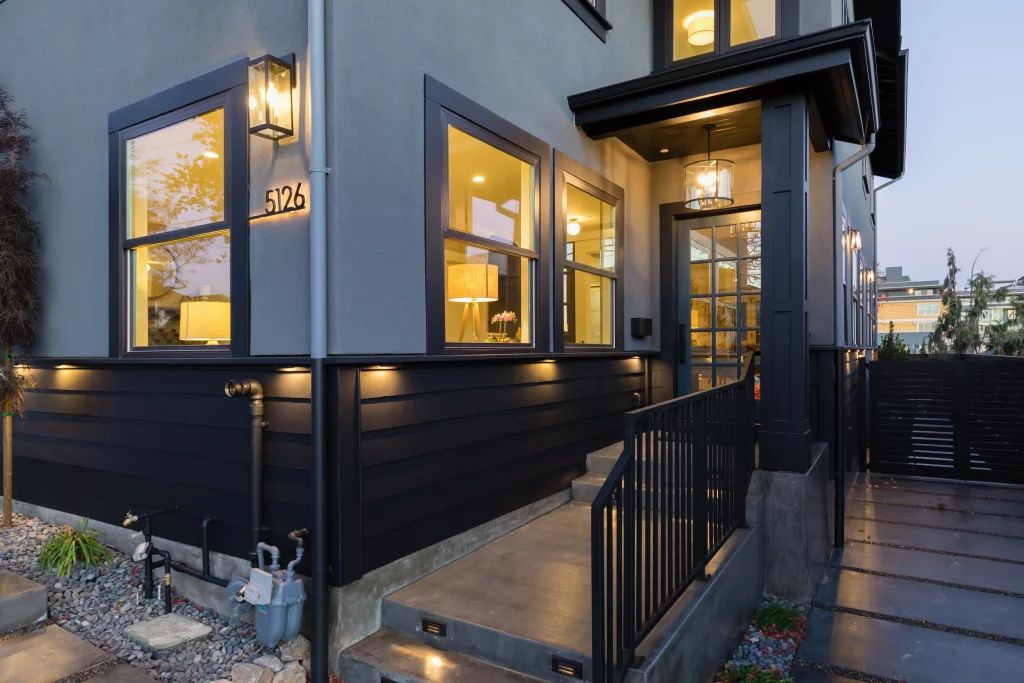The desire for a dedicated workout space within the home has grown significantly in recent years, making the idea of adding a home gym a popular choice for room additions. Whether you’re an avid fitness enthusiast or simply someone looking to maintain a healthy lifestyle, a home gym provides the convenience and privacy that commercial gyms can’t offer. Not only does it eliminate the hassle of commuting to the gym, but it also gives you the flexibility to work out whenever it fits into your schedule. Before you dive into building your room addition, however, it’s important to take several key factors into account to ensure that the space is functional, comfortable, and meets your fitness needs. From the room’s size and layout to flooring and equipment, every detail matters when creating the perfect home gym. In this article, we will explore the essential elements you need to consider to design the ideal home gym and get the most out of your room addition.
Design Considerations for a Home Gym Addition
The design of your home gym is critical to its functionality. A well-designed room addition should offer enough space for movement, comfort, and equipment. Before starting your project, take a moment to assess the available space and how it can best serve your workout needs. Whether you’re into cardio, strength training, or yoga, your gym should offer room for a variety of exercises and flexibility in how the space is used. Ceiling height is another important consideration, as some gym equipment, like treadmills or free weights, require additional vertical space for comfortable use. Flooring is another major factor that should not be overlooked; rubber or interlocking foam mats are often used in home gyms because they provide cushioning, absorb impact, and are easy to clean. Additionally, consider the inclusion of natural light, ventilation, and climate control. A room with windows allows fresh air and sunlight to flood the space, creating a more energizing and inviting atmosphere. The right design elements will make your home gym not only functional but also enjoyable to use.
Cost-Effective Solutions for Your Home Gym
While a home gym can be an exciting and rewarding room addition, it’s also important to plan a budget that meets your needs without overspending. Depending on your fitness goals, a home gym doesn’t need to be extravagant or overly expensive. If you’re working with limited space or a tight budget, consider starting with essential equipment, such as dumbbells, yoga mats, resistance bands, and a small cardio machine like a stationary bike or a jump rope. As your fitness journey progresses, you can gradually add more equipment as needed. Another way to save money is to look for second-hand or refurbished gym equipment, which can be just as durable and effective as brand-new items. Your room addition can also include space for storage, allowing you to neatly store your workout gear when it’s not in use. Furthermore, if your home gym is being built as an extension of an existing space, make sure to factor in the costs for electrical work, plumbing (if adding a shower or sink), and climate control systems. With a little planning and creativity, your room addition for a home gym can be an affordable and functional way to improve your overall health and well-being.
Read more:


